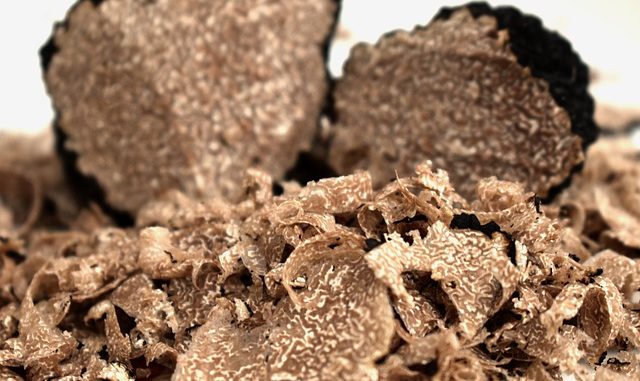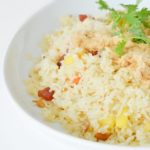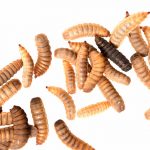
Black and white truffle species are found worldwide. Their culinary and commercial value is mainly due to their sensory properties especially their aroma. The quality of this aroma establishes the commercial value of these valuable edible fungi.
A truffle is the fruiting bodies of ascomycetous fungi belonging to the genus Tuber which form ectomycorrhizae on the roots of various angiosperms and gymnosperms (Trappe, 1979). The mycorrhiza specialized symbiotic structure, where the exchange of nutrients and metabolites takes place, providing mutual benefits to both partners. It is probably after this interaction that the fruit body is developed.
There are six species of white and black truffle, with similar morphological characteristics but different organoleptic qualities and economic value, have been analysed. These were: Tuber magnatum Pico, T. borchii Vittad, T. dryophilum Tul., T. aestivum Vittad., T. mesentericum Vittad., and T. brumale Vittad. Tuber magnatum is the most prized fruit body having particular organoleptic properties as well as commercial value in Mediterranean areas.
A dynamic headspace procedure using cryogenic adsorption onto a Tenax gas chromatography trap followed by heat desorption was developed for isolating volatiles from tinned Black Perigord Truffles Tuber melanosporum. Vitt. (Talou et al., 1989). The analysis carried out using HRGC-MS meant 36 volatile compounds were reported for the first time in processed truffles. Most of the identified compounds were previously characterized as fresh Black Truffle aroma components, but two flavours were described as very different.
The aroma of the white truffle has been recently characterised (Costa et al., 2015).
References
, , , , , , , , , , Screening of volatile compounds composition of white truffle during storage by GCxGC-(FID/MS) and gas sensor array analyses. LWT – Food Science and Technology 60 (2), pp. 905
Gioacchini, A. M., Menotta, M., Bertini, L., Rossi, I., Zeppa, S., Zambonelli, A., Piccoli, G. and Stocchi, V. (2005), Solid-phase microextraction gas chromatography/mass spectrometry: a new method for species identification of truffles. Rapid Commun. Mass Spectrom., 19 pp. 2365–2370. doi: 10.1002/rcm.2031
, G., , , , , , , , , Electronic nose and GC–MS analysis of volatile compounds in Tuber magnatum Pico: Evaluation of different storage conditions. Food Chem., 136 (2), pp. 668
Talou, T., Delmas, M. and Gaset, A. (1989), The volatile components of tinned black perigord Truffles Tuber melanosporum vitt. Flavour Fragr. J., 4 pp. 109–112. doi: 10.1002/ffj.2730040305
. (1979) Mycotaxon 9: pp. 297.



Leave a Reply